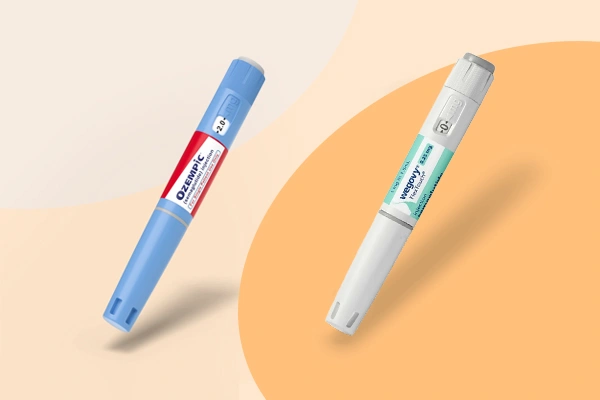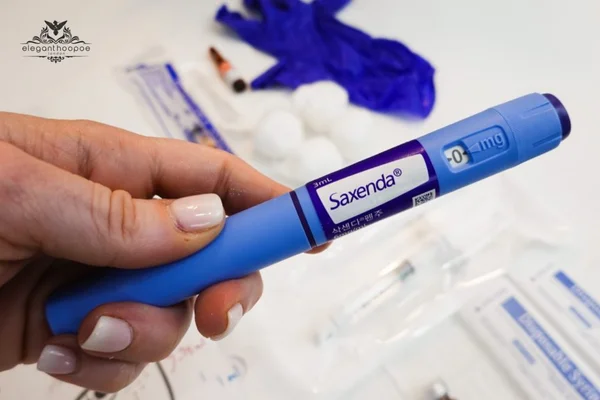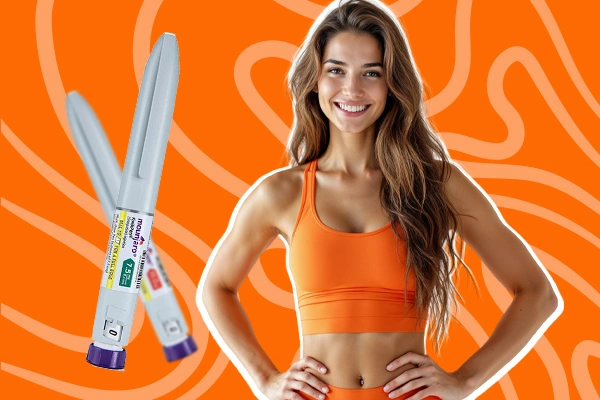How Can You Remove Belly Fat Without Surgery?
To remove belly fat without surgery, focus on these key strategies:
- Healthy diet – Cut down on sugar, eat more protein and fiber.
- Exercise regularly – Combine aerobic workouts with strength training.
- Manage stress & sleep – Reduce cortisol levels and improve metabolism.
- Intermittent fasting – Helps control insulin and burn fat.
- Non-invasive treatments – Options like CoolSculpting and ultrasound therapy target stubborn fat.
By adopting these lifestyle changes, you can safely and effectively reduce belly fat while improving overall health.
Deep belly fat, or visceral fat, is a common concern for many people today. Unlike subcutaneous fat, which sits just under the skin, visceral fat surrounds our internal organs and has a significant impact on overall health. Known as one of the riskiest types of fat, deep belly fat is linked to numerous health complications, including heart disease, type 2 diabetes, and even some cancers. That’s why non-surgical belly fat reduction methods are so popular these days.
Fortunately, various methods are available to help remove belly fat without surgery, enabling individuals to improve their health without invasive procedures.
This article explores why deep belly fat is so dangerous and discusses how to remove belly fat through non-surgical methods, offering readers effective belly fat reduction strategies to live healthier lives.
Related Article: What is Visceral fat?
What is Deep Belly Fat and Why is It Dangerous?
Deep belly fat, also known as visceral fat, differs from the type of fat you can pinch under the skin (subcutaneous fat). Visceral fat is stored within the abdominal cavity and wraps around vital organs like the liver, intestines, and pancreas. While some fat around the organs is necessary for protection, excessive amounts of deep belly fat can interfere with organ function.
Excessive visceral fat also presents a variety of health risks, such as:
1. Cardiovascular Disease: Visceral fat can increase LDL cholesterol and decrease HDL cholesterol, leading to plaque build-up in the arteries.
2. Type 2 Diabetes: Visceral fat contributes to insulin resistance, making it harder for the body to manage blood sugar levels.
3. Chronic Inflammation: This type of fat is associated with pro-inflammatory substances that can lead to various chronic conditions, including some cancers.
Understanding these risks can motivate lifestyle changes aimed at reducing deep belly fat and inspire individuals to seek methods to remove belly fat without surgery.
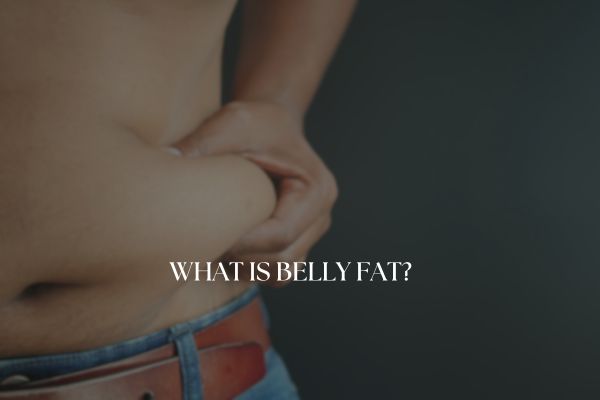
Causes of Deep Belly Fat and Side Belly Fat Accumulation
Several factors contribute to the accumulation of deep belly fat and side belly fat. Recognizing these causes can help individuals make effective lifestyle changes to encourage belly fat reduction.
- Dietary Habits: Diets high in refined sugars and unhealthy fats contribute significantly to fat accumulation in the belly. Processed foods and sugary drinks are common culprits.
- Lack of Physical Activity: Sedentary lifestyles increase the risk of belly fat accumulation. Regular physical activity is essential for effective belly fat reduction.
- Hormones and Genetics: Genetics and hormonal imbalances, especially as we age, can increase the risk of accumulating belly and side belly fat.
- Stress: Elevated cortisol levels from chronic stress encourage the body to store fat around the abdomen, worsening belly fat issues.

Non-Surgical Methods for Belly Fat Reduction
For those looking to reduce belly fat without surgery, there are several effective approaches that combine diet, exercise, and lifestyle changes.
1. Diet Adjustments
A balanced, nutrient-dense diet is key in any plan to remove belly fat without surgery. By focusing on healthy food choices, individuals can make a significant impact on both deep and side belly fat.
Related Article: Top 10 Best Diet for Weight Loss in 2024
[cta_blogs type=’weight-lose’]
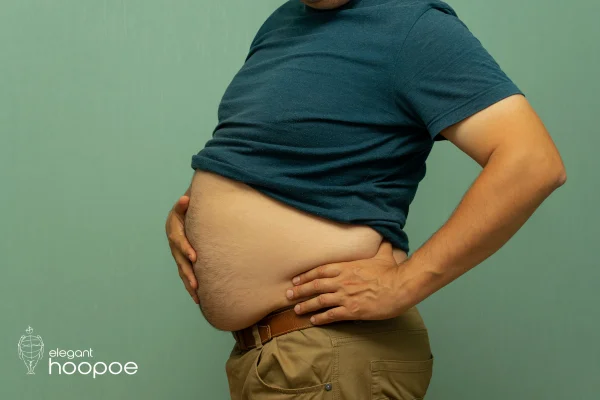
1.1 Reduce Sugars and Refined Carbohydrates
Limiting sugars and processed carbs helps lower insulin levels, reducing fat storage around the belly.
Increase Protein and Fiber Intake
High-protein foods increase satiety, reduce cravings, and support muscle growth, while fiber helps regulate digestion and prevent overeating, aiding in belly fat reduction.
1.2 Regular Physical Activity
Exercise is a powerful tool in the fight against belly fat. Studies show that combining aerobic exercise with resistance training is particularly effective for belly fat reduction.
1.3 Aerobic Exercises
Running, cycling, and swimming help burn calories and reduce visceral fat.
1.4 Strength Training
Building muscle boosts metabolism, helping your body burn more fat even at rest, which is beneficial for both deep and side belly fat reduction.
1.5 Lifestyle Adjustments: Sleep & Stress Management
Healthy lifestyle habits are essential to remove belly fat without surgery.
Prioritize Sleep: Poor sleep quality and short sleep duration are linked to higher levels of visceral and side belly fat.
Manage Stress: High stress levels lead to increased cortisol, a hormone linked to belly fat. Practices like meditation, yoga, and mindful breathing reduce stress effectively.
2.Intermittent Fasting and Protein Pacing
Intermittent fasting has gained popularity for its potential in belly fat reduction without the need for strict calorie counting.
How It Works: By alternating periods of fasting and eating, intermittent fasting controls insulin levels, reducing belly fat storage.
Protein Pacing: Eating protein at regular intervals supports muscle maintenance and boosts metabolism, helping remove belly fat without surgery.
3. Coolsculpt Therapy and Other Non-Invasive Belly Fat Reduction Techniques
For those looking for advanced, non-invasive belly fat reduction techniques, several treatments are now available that target deep and side belly fat effectively.
CoolSculpting and Fat Freezing : This FDA-approved technique freezes fat cells, allowing the body to eliminate them naturally over time. It’s especially effective for targeted areas like the belly.
Ultrasound and Radiofrequency Therapy: These therapies use sound or heat waves to break down fat cells and improve skin elasticity, promoting a leaner appearance.
Tips for Maintaining a Belly Fat-Free Lifestyle
Once you’ve achieved belly fat reduction, maintaining a balanced lifestyle is essential to prevent its return.
- Stay Hydrated: Drinking water supports metabolism and prevents overeating.
- Limit Sugary Foods: Minimizing processed and sugary foods helps keep insulin levels stable and prevents fat storage.
- Stay Active: Incorporate regular physical activity into your routine, aiming for a mix of aerobic and resistance exercises to keep side belly fat and deep belly fat at bay.
- Get Enough Sleep: A regular sleep schedule supports hormone balance, which is essential for maintaining a healthy weight.
Why Choose Elegant Hoopoe for Non-Surgical Belly Fat Reduction?
Elegant Hoopoe Clinic specializes in non-invasive belly fat reduction treatments that help individuals achieve their goals without surgery. Using advanced technology, Elegant Hoopoe offers a range of services like Coolsculpting, ultrasound therapy, and radiofrequency treatments that are designed to reduce belly fat effectively and safely. The clinic’s experienced team provides personalized consultations to help clients determine the best treatment plan for their needs.
Conclusion
Deep belly fat presents serious health risks, but with the right lifestyle adjustments and non-surgical methods, it’s possible to reduce it effectively. By focusing on a healthy diet, regular exercise, and stress management, individuals can successfully remove belly fat without surgery and improve their overall well-being. For those looking for additional support, non-surgical options like Coolsculpting and radiofrequency therapy offer effective, safe solutions for targeted belly fat reduction.
Elegant Hoopoe Clinic is here to support you on this journey, offering state-of-the-art, non-invasive treatments to help you achieve your health and fitness goals.




